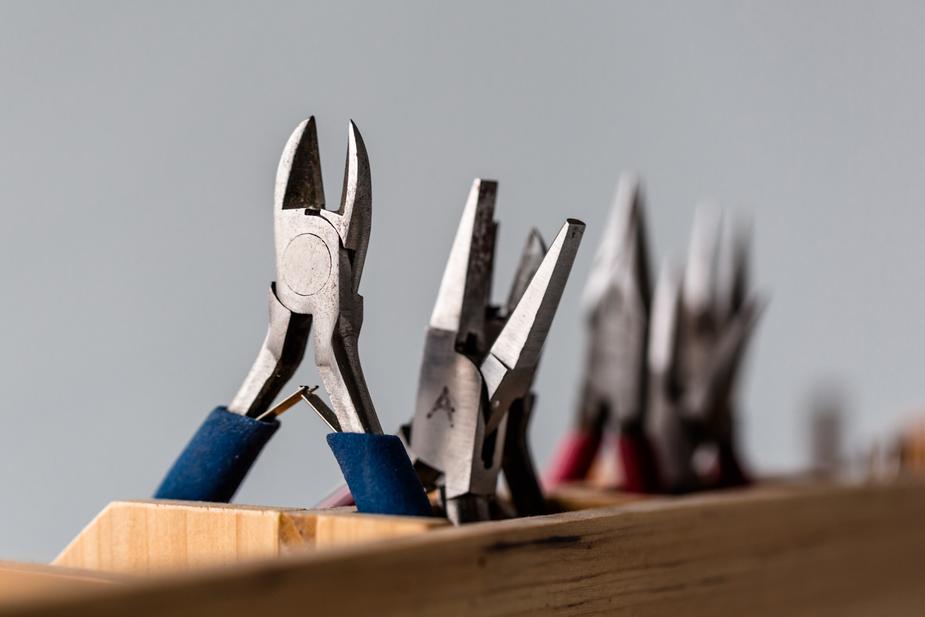How to Make A Smart Mirror in 2021
Make your own smart mirror with Hilo
Various companies offer all-set smart mirrors having basic to amazing smart features. But with HILO, a Canadian tech, and design brand, you can make your space pretty cool as their smart mirrors feature sleek design, ease of use, and cutting-edge technology, all offered at economical rates. However, if you have planned to make a DIY smart mirror, we would like to show you that it’s not hard as it seems actually and to inspire you for trying it!
Read on our post to find step-by-step instructions on how to make a smart mirror in 2021 and get started.
What You Need
- A computer monitor with HDMI-in
- Two-way glass mirror
- Wooden frame (cardboard, screws, glue, drill, paint)
- Raspberry Pi 3 or older Raspberry with Wi-fi adapter
- Extra hardware (mouse and keyboard with USB)

Putting It Together
Discover our step-by-step guide about how to make a smart mirror.
Step 1: The Back Frame
To build a smart mirror and hold everything together, you need to have a frame. The back frame will be designed according to your requirements or the size of the monitor. It should be thick enough to hold the mirror and electronic gadgets together yet as thin as possible so it doesn’t look like a cube hanging on the wall.
Step 2: Paint and Assemble
Once the carpentry work of frame making ends, the painting process begins. Paint the back frame in black colour. Once everything gets dry, you can assemble the frame by simply laying out all the wooden strips. Use tape at the corners to keep them together in place and put the screws to screw it all together.
Step 3: Attaching the Frame
When the back frame is assembled, put superglue around the frame that you built to help it stay put. Now, flip this side and attach it to the back of a picture frame matching the size of the back frame. While doing this, make sure the position of the back frame is completely centred on the picture frame’s back. Now, proceed with attaching the pocket screws.
Step 4: Putting in the Two-Way Mirror
Use a top-quality glass to permit extra light to pass through while maintaining a nice reflection. But these mirrors can increase your DIY smart mirror cost. So, if you are on a budget, go for an acrylic mirror. For putting in the mirror, take out the clear plastic and cardboard from the picture frame (save it for later use). Now, fold up every metal tab present on the frame and place the mirror carefully into it with the bright side facing the front. After you put it in, gently bend down all those tabs to hold the mirror in place.
Step 5: Install the Monitor into the Picture Frame
Before you disassemble the monitor, turn it on and increase its brightness to the maximum level. Now, start removing the stand at the bottom, screws near HDMI ports, back panel, screws along the edge, front bezel, and the buttons at its bottom. Lastly, lay down the cardboard from the picture frame, remove any metal tabs it has, and place the monitor face down on it in the centre.
Now, draw an outline around the monitor and carefully cut out the middle rectangular part with a sharp knife, staying really close to the line and not leaving any gaps. Once it’s done, clean the mirror with a microfiber cloth and place the monitor on cardboard inside the frame. Trace around the edges using a hot glue gun to secure the monitor to the board.
Step 6: Secure the Monitor
Once you place the cardboard and monitor inside the frame, you need to use a couple of wooden strips to secure them into place. You can cut them once your frame is assembled to the exact size they need to be. Now, place one of the strips on the bottom of the monitor to hold it from the lowest part. The other strip will be placed about ¾ of the way up against the back of the monitor to hold it against the glass.
Step 7: Assembling the Raspberry Pi
To power your smart mirror, you need to use a Raspberry Pi computer. Purchase the entire kit to get all the important parts you need. Start by inserting the memory card into the Pi, place it inside the case, and then attach the power and HDMI cables. You can also plug in the mouse and keyboard into the USB slots. Now, boot up the Pi, install the OS, and respond to a few basic questions like Time zone, Wi-Fi, etc. In case you don’t have an additional monitor with you, it is recommended to do this step before disassembling the monitor.
Step 8: Installing and Customizing the Magic Mirror Software

To run your smart mirror, use an open-source app named Magic Mirror that is designed particularly for this. Even if you aren’t familiar with coding, simply copy-paste the lines one by one into the terminal app on the Pi from the Manual Installation section. Once it’s finished, you can customize it the way you want by adding tons of modules like news feed, calendar, etc.
Step 9: Installing the monitor Into the Frame
As the Raspberry Pi is functional, it’s time to place everything into the frame. Begin by attaching the 90-degree HDMI adapter on the monitor’s back and connect the HDMI cable to it. Then, plug in the power cable for the monitor. Remove the Raspberry Pi from its case, screw that case onto the monitor’s back on the side, and then, reassemble the Pi. Now, your smart mirror with Raspberry Pi is almost ready.
Step 10: Final Assembly
Lastly, route all cables properly using Velcro tape and a hot glue gun to keep everything nice and clean in the back. You can drill some vents too on the back frame to allow airflow through the back and cut a little notch in the bottom to let the cables pass through.
Step 11: The Results!
Now your smart mirror is ready to be checked. Plug the device to witness the super-amazing combination of technology and your effort and, utilize all of its characteristics. It is hoped that after reading this guide to make a DIY smart mirror in 2021, you’ll be able to make your own.
Also Check Our Popular Blogs – Touch Screen Mirror, Mirror Workout and many more.
